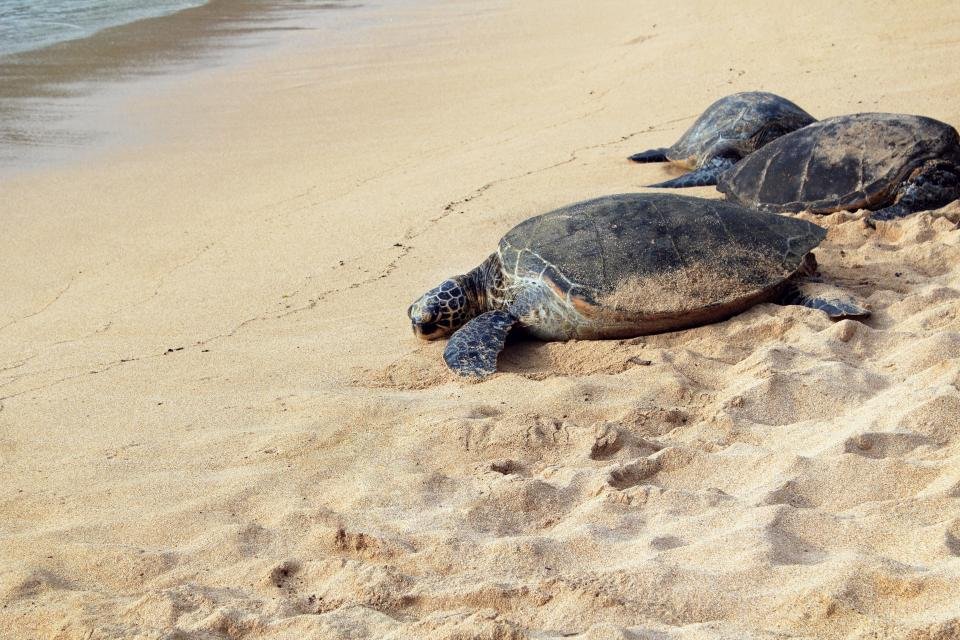Picture this: You’re walking along a pristine stretch of sandy beach at dawn when you notice what looks like tractor tire tracks leading from the water’s edge to the dunes. These aren’t just any tracks though – they’re the ancient paths left by female sea turtles who returned under cover of darkness to nest on the very same beaches where they were born decades ago.
The Gulf Coast hosts some of the most important sea turtle nesting sites in North America, where wildlife officers have reported a record-breaking season for sea turtle nesting along Florida, with significant increases in leatherback and loggerhead nests. From the coral-white sands of Alabama to the barrier islands of Louisiana, these magical creatures are making their comeback in ways that will absolutely astound you. Let’s explore the most captivating beaches where you can witness this incredible natural phenomenon.
Sanibel Island, Florida
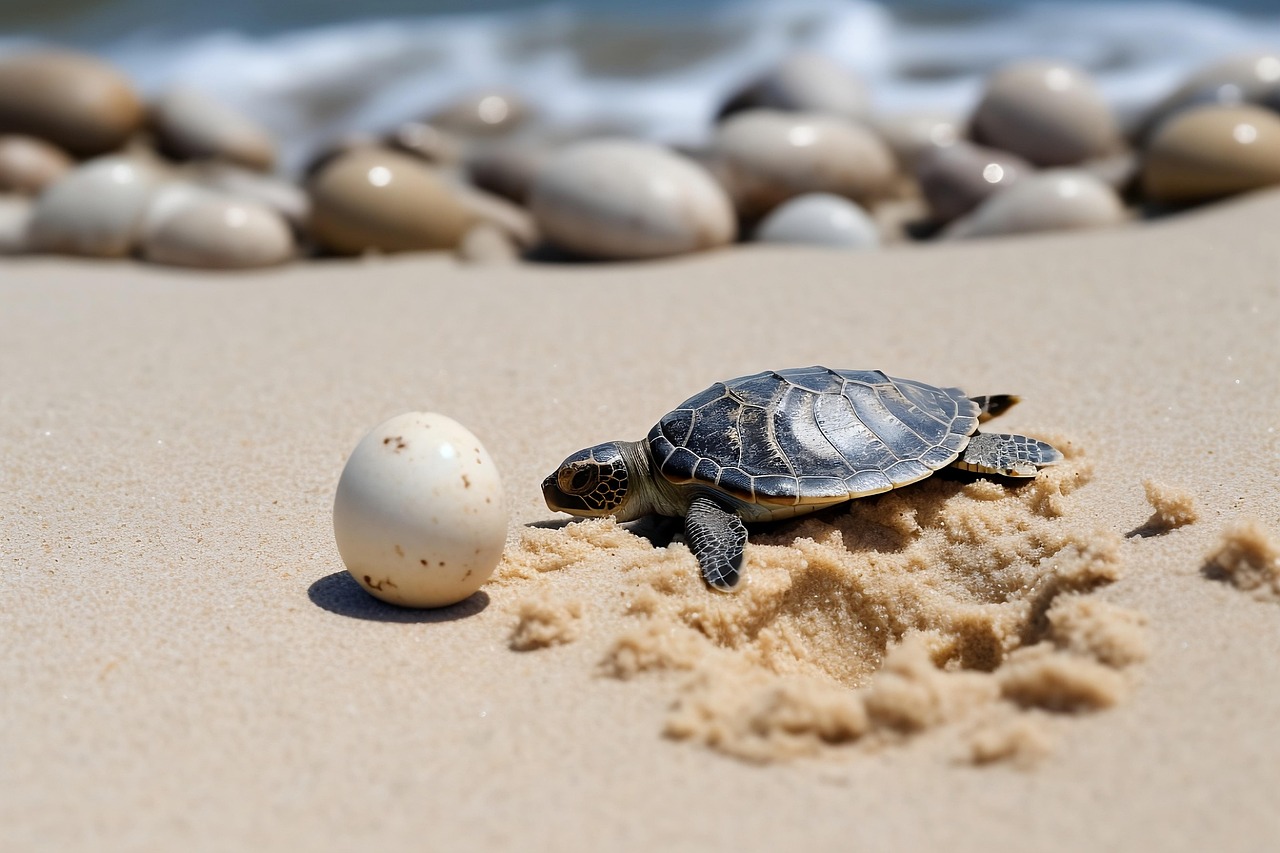
Sanibel Island stands as the crown jewel of Gulf Coast sea turtle nesting destinations. Last summer’s star was the leatherback, which was the first type of turtle to lay a nest on Sanibel Island –- only the fourth time that species nested there. The island’s pristine beaches provide optimal nesting conditions for loggerheads, greens, and the occasional rare visitor.
Southwest Florida is home to important nesting beaches for sea turtles, with adult female loggerheads, greens, and – in rare occasions – Kemp’s ridleys and leatherbacks nesting each year. The Sanibel-Captiva Conservation Foundation works tirelessly to protect these ancient mariners, monitoring nests throughout the season. What makes Sanibel particularly special is its relatively undeveloped shoreline and strict lighting ordinances that help guide hatchlings safely to the water.
Sarasota County Beaches, Florida
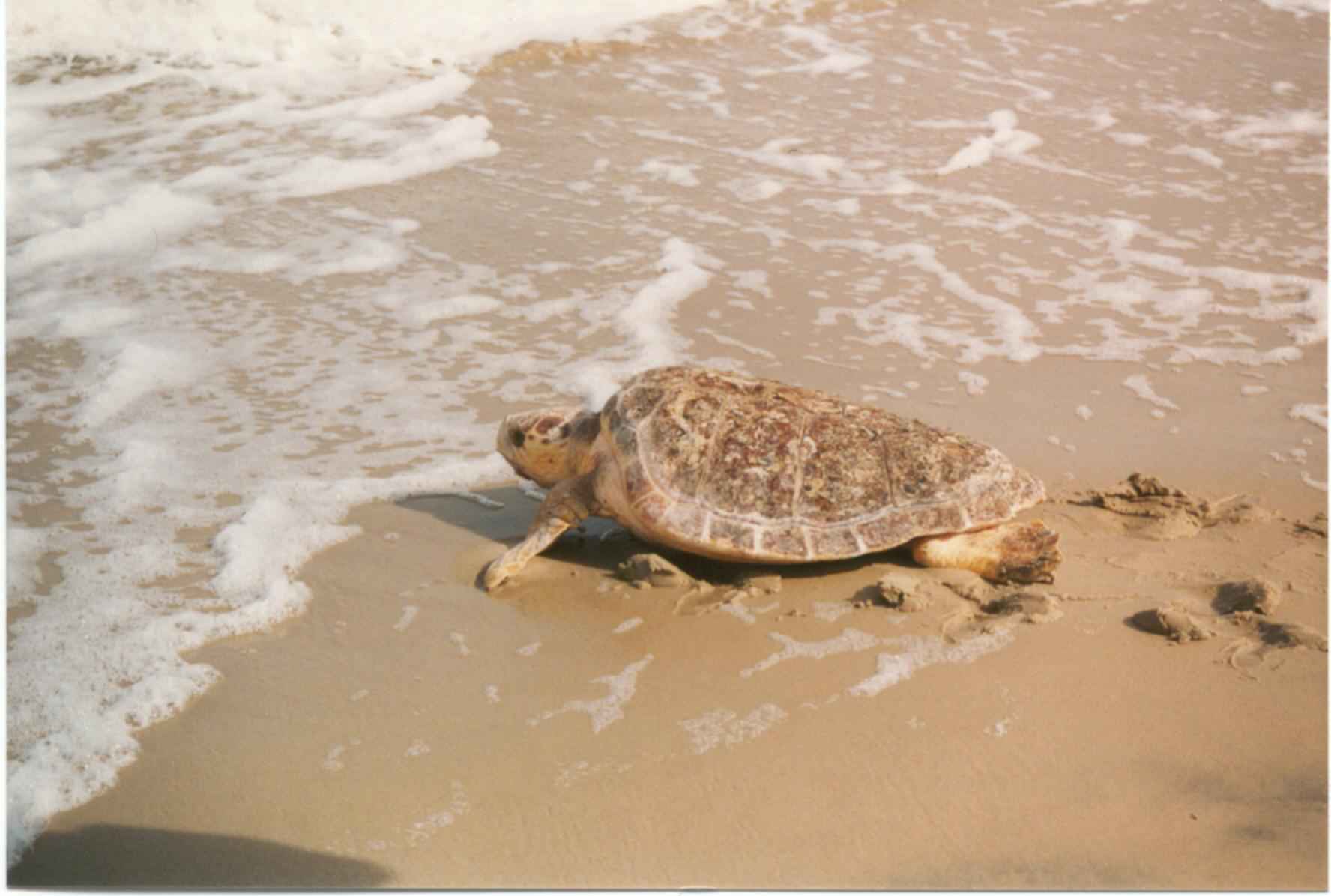
This area contains portions of Sarasota and Manatee counties and hosts some of the highest concentrations of loggerhead sea turtle (Caretta caretta) nests in the Gulf of Mexico. The beaches stretching from Anna Maria Island to Venice are nothing short of spectacular for turtle watchers. Siesta Key alone has become a hotspot where early season nests signal the beginning of another promising year.
This year, the nests come as especially exciting news given that in 2024, “a large percentage” of active nests along the Gulf coast were wiped out by hurricanes Debby, Helene and Milton. Three loggerhead sea turtle nests have been recorded in Sarasota. Mote Marine Laboratory’s long-running research program has documented turtle activity here since 1982, making it one of the most studied populations in the region.
Padre Island National Seashore, Texas
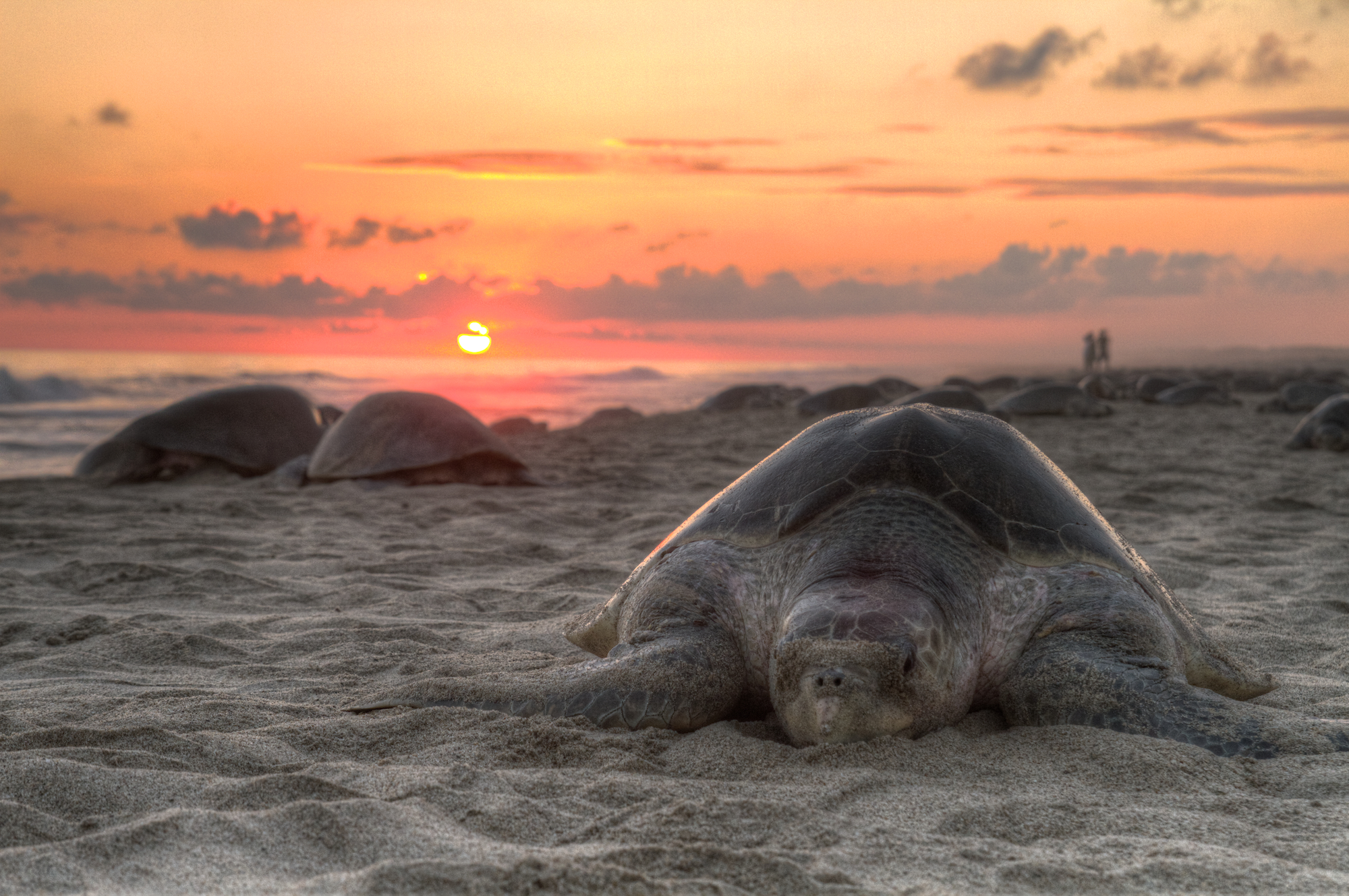
Padre Island National Seashore represents the western frontier of sea turtle conservation success. In response, the Service, along with partner agencies, initiated a collaborative international project in 1978 to focus on nest protection in the U.S. and Mexico, enforce regulations on turtle excluder devices for commercial fishing trawlers, and establish a second nesting colony at Padre Island National Seashore in Texas. This incredible stretch of protected coastline serves as a sanctuary for the world’s most endangered sea turtle.
Every year, thousands of the endangered Kemp’s Ridley sea turtles are nested and hatched in Corpus Christi, then thousands are released into the Gulf of Mexico. Call the Hatchling Hotline at 361-949-7163 for the latest information on a sea turtle release or continuously check the PINS Facebook page to see if there is a release happening soon. The unique daytime nesting behavior of Kemp’s ridleys makes this location particularly exciting for visitors who might witness a nesting event during regular beach hours.
Galveston Island, Texas
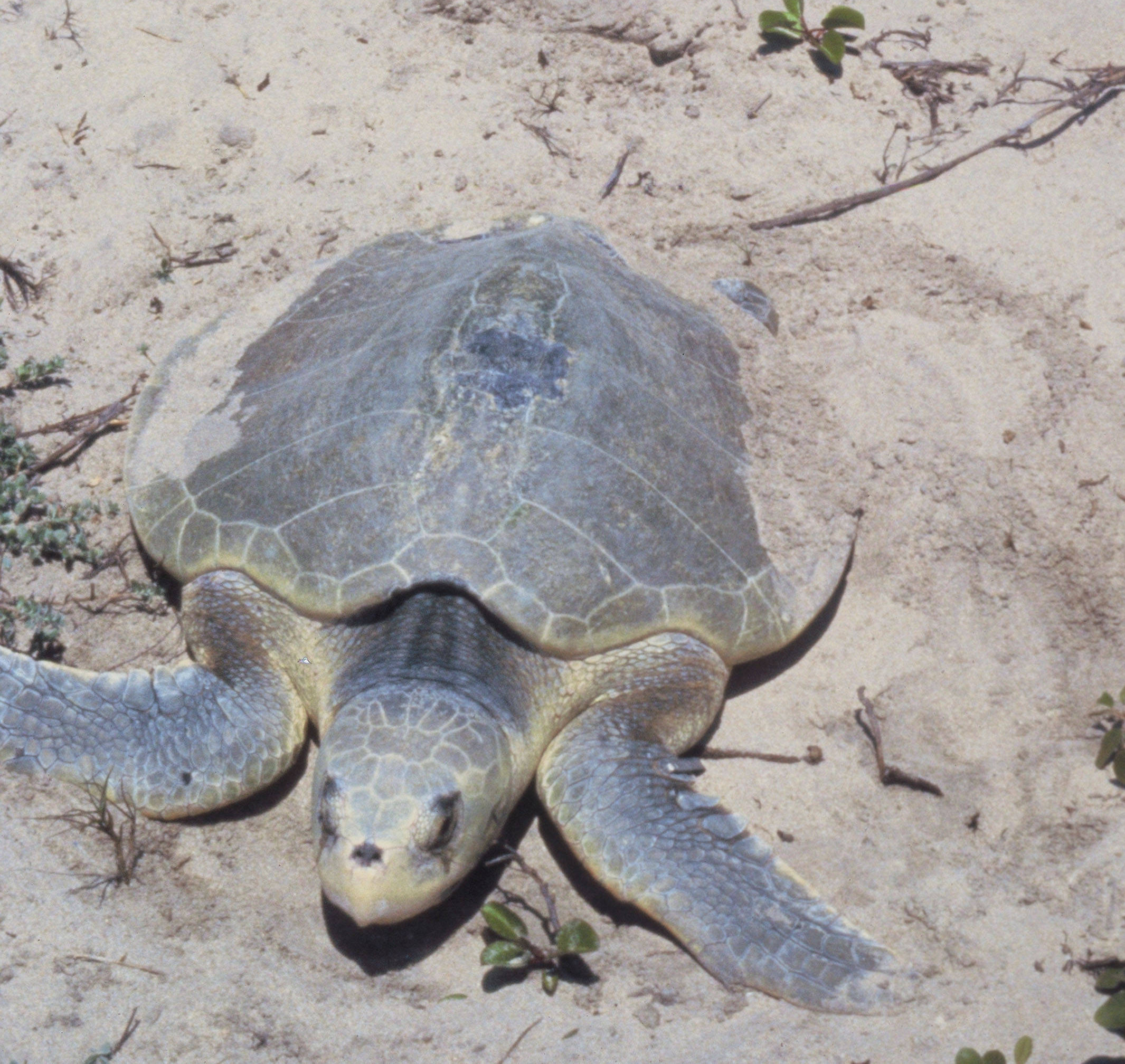
Galveston Island has emerged as a surprising success story in sea turtle conservation. In 2002, biologists were pleasantly surprised that Kemp’s ridley nests were found as far north as Galveston Island. The Upper Texas Coast Sea Turtle Patrol now monitors beaches from Rollover Pass through Galveston, creating a comprehensive protection network.
Beach patrols range from Rollover Pass on the Bolivar Peninsula through Galveston Island to Surfside, TX. Surveys are carried out 6 days a week, from April 1st to July 15th. Surveys are conducted using TAMUG’s fleet of UTV vehicles, as well as volunteers walking the beach. The collaborative efforts between Texas A&M University at Galveston and various conservation groups have transformed this area into a model of community-based turtle protection.
Gulf Shores and Orange Beach, Alabama

From May 1 through October 31, endangered sea turtles – including loggerheads, green sea turtles, and Kemp’s Ridleys – return to the beaches of Orange Beach, Gulf Shores, and Fort Morgan to lay their eggs. Alabama’s pristine white sand beaches have become increasingly important nesting sites, thanks to the dedicated efforts of the Share the Beach program.
Founded in 2005, Share the Beach is Alabama’s sea turtle conservation program. During hatching season, May through October, hundreds of Share the Beach volunteers work to protect these sea turtles and ensure the safety of their nests. The program’s success lies in its community involvement, with volunteers patrolling beaches daily and educating visitors about proper turtle-friendly behaviors. The beaches here offer excellent visibility for spotting nesting tracks during early morning walks.
Mississippi Gulf Coast Beaches

An endangered sea turtle recently made her nest on the beaches on the Mississippi Gulf Coast. “The nesting is a significant event because once the animals start reproducing, that means things are getting better,” Dr. Moby Solangi, Director of IMMS said. Pass Christian and surrounding areas have recently witnessed this encouraging return of nesting activity.
The Institute for Marine Mammal Studies in Gulfport plays a crucial role in monitoring and protecting these precious nesting sites. Though Mississippi beaches see fewer nesting events than their eastern neighbors, each nest represents a significant victory for conservation efforts. The relatively quieter beaches here provide undisturbed nesting environments that some females prefer.
Chandeleur Islands, Louisiana

Sea turtle nests and hatchlings have recently been documented on Louisiana’s Chandeleur Islands in the Breton National Wildlife Refuge. Kemp’s ridleys nest almost exclusively along beaches in the Gulf of Mexico, where nesting had been historically rare. This remarkable return marks one of the most exciting conservation developments in recent years.
A project was recently completed on North Breton Island to restore 400 acres of beach habitat. It was these newly restored beaches that provided the necessary habitat for the Kemp’s ridley nest. The restoration efforts funded through Deepwater Horizon settlement funds have literally brought these islands back to life, creating the perfect conditions for sea turtle recovery.
St. Petersburg and Pinellas County, Florida
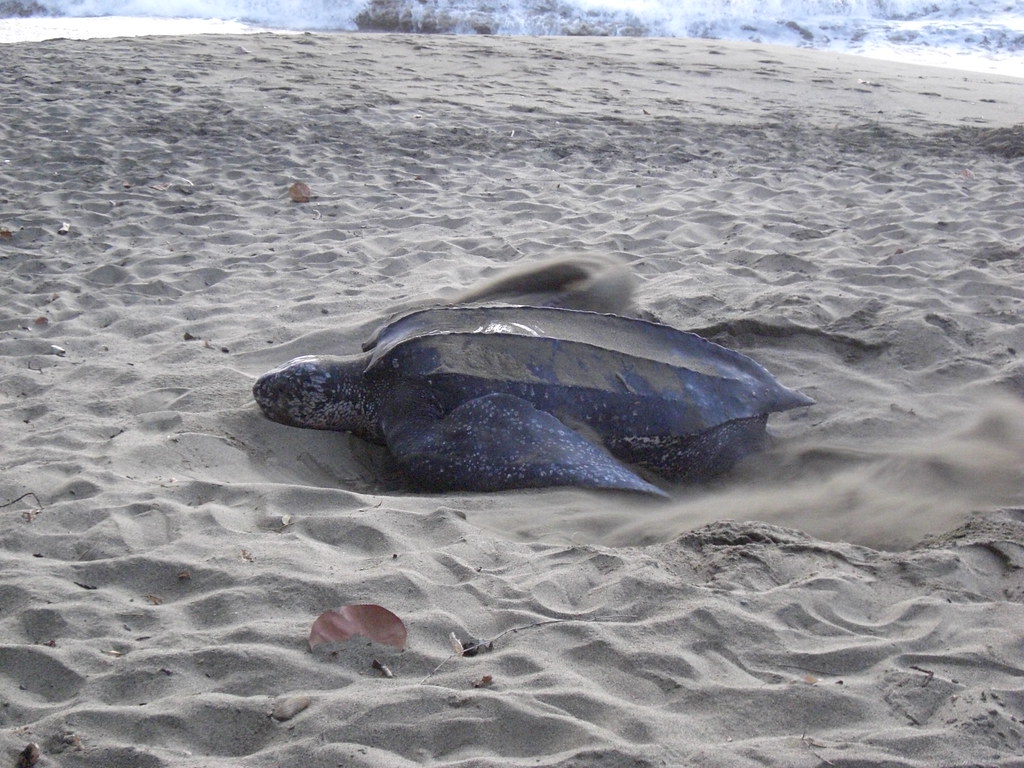
The beaches of Pinellas County made headlines when a leatherback nested in Pinellas County, a rare occurrence for this species in the area. This unprecedented nesting event highlights how sea turtle populations are expanding their traditional ranges as conservation efforts succeed.
From Indian Rocks Beach to Treasure Island, these urban beaches prove that sea turtles can adapt to developed coastlines when proper protections are in place. Local ordinances requiring turtle-friendly lighting and volunteer nest monitoring programs have created safe havens for nesting females. The surprise appearance of rare leatherback nests demonstrates that even heavily visited beaches can support successful reproduction when communities prioritize conservation.
Manatee County, Florida
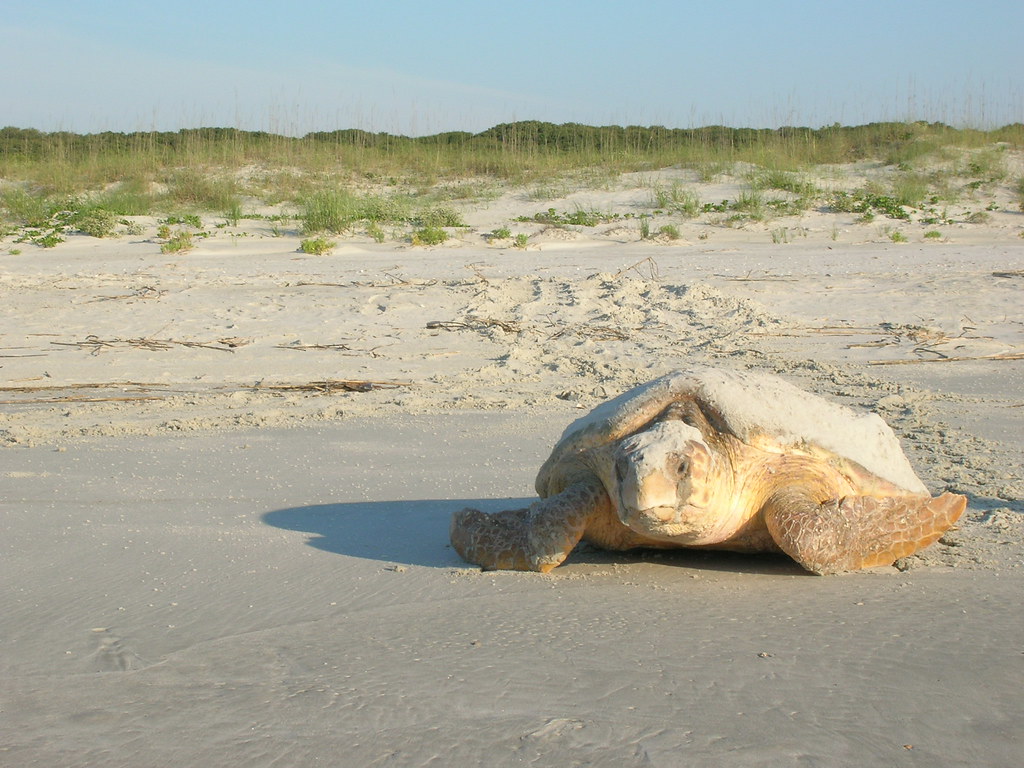
Working alongside Sarasota County, Manatee County beaches form part of that record-setting nesting density along Florida’s Gulf Coast. Anna Maria Island and Longboat Key provide some of the most consistent nesting opportunities for loggerheads in the region. The collaborative monitoring efforts here contribute valuable data to statewide conservation databases.
Beach renourishment projects in Manatee County have been carefully designed to maintain optimal nesting conditions while protecting coastal communities. The county’s commitment to using turtle-friendly sand compositions and maintaining proper beach profiles ensures that these shores remain attractive to nesting females for generations to come. Early morning beach walkers often encounter the distinctive crawl marks that signal a successful nesting event.
Fort De Soto Park, Florida
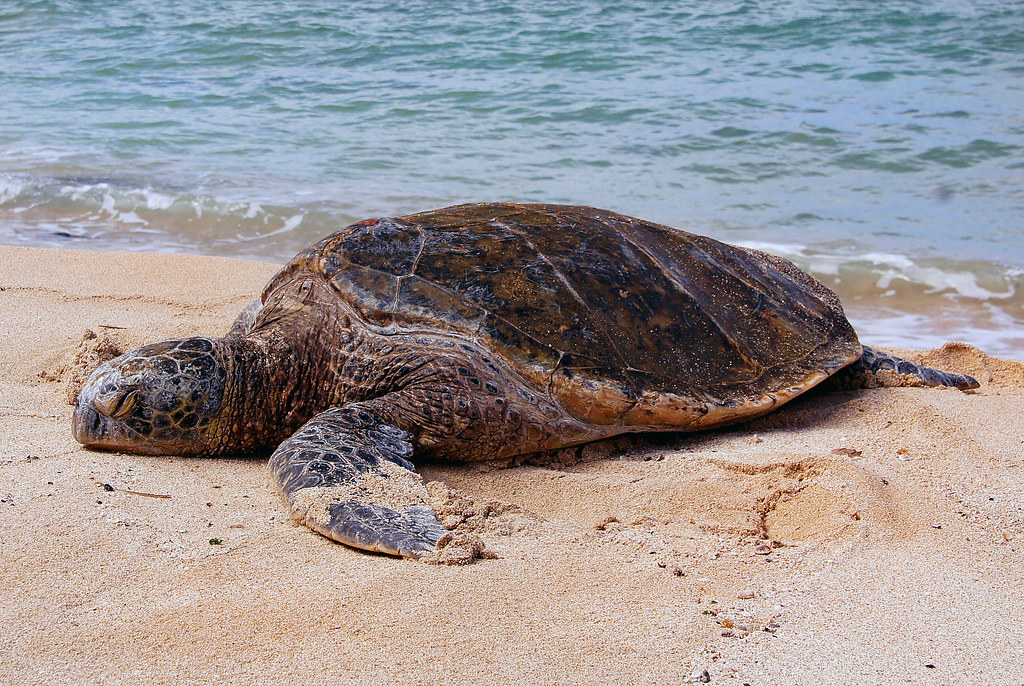
This pristine park environment represents the ideal balance between public access and wildlife protection. Fort De Soto’s undeveloped beaches provide excellent nesting habitat while allowing visitors to experience the wonder of sea turtle conservation firsthand. The park’s strict regulations regarding lighting and beach activities create perfect conditions for successful nesting.
Park rangers and volunteers work together to monitor nesting activities throughout the season, marking nests and educating visitors about the importance of these ancient mariners. The park’s location at the mouth of Tampa Bay provides easy access for females approaching from deeper Gulf waters. Visitors often express amazement at witnessing the delicate balance between human recreation and wildlife conservation in action.
Conclusion

The Gulf Coast’s sea turtle nesting beaches represent one of nature’s most inspiring comeback stories. From the restored barrier islands of Louisiana to the carefully protected shores of Florida, these ten remarkable locations offer you the chance to witness conservation success in real time. Although nesting season is nearing its end, it is still possible to see sea turtles on the beach, and the 2025 season promises to build on recent record-breaking numbers.
Each beach plays a vital role in the recovery of these magnificent creatures, whether it’s providing crucial habitat for the world’s most endangered Kemp’s ridleys or supporting the massive loggerhead populations that call the Gulf home. As you plan your coastal adventures this year, remember that your responsible behavior can directly contribute to the continued success of these conservation efforts. What incredible moment will you witness during your next Gulf Coast beach visit?

Jan loves Wildlife and Animals and is one of the founders of Animals Around The Globe. He holds an MSc in Finance & Economics and is a passionate PADI Open Water Diver. His favorite animals are Mountain Gorillas, Tigers, and Great White Sharks. He lived in South Africa, Germany, the USA, Ireland, Italy, China, and Australia. Before AATG, Jan worked for Google, Axel Springer, BMW and others.

